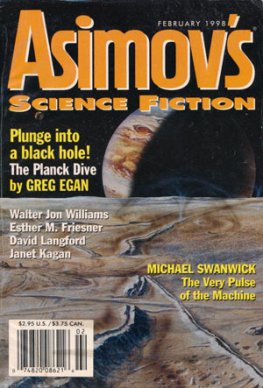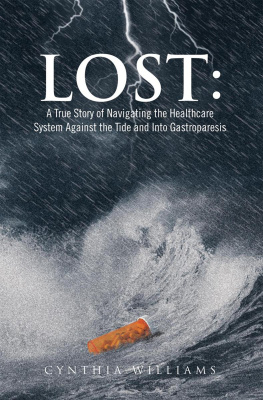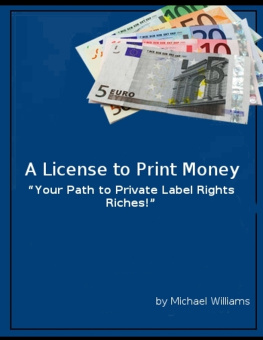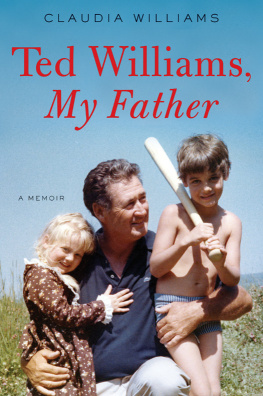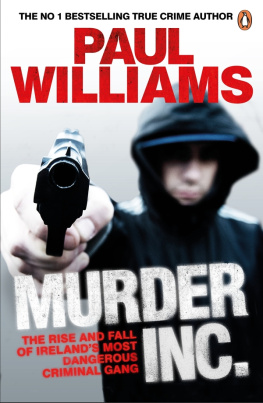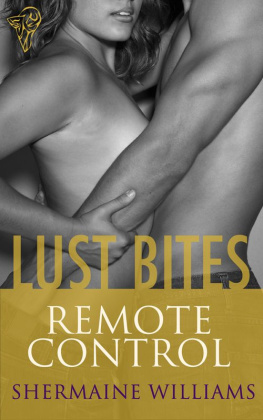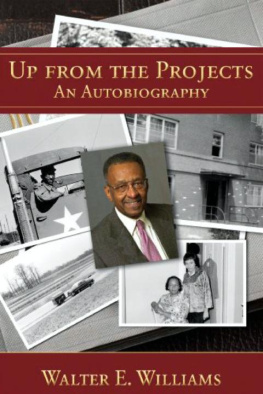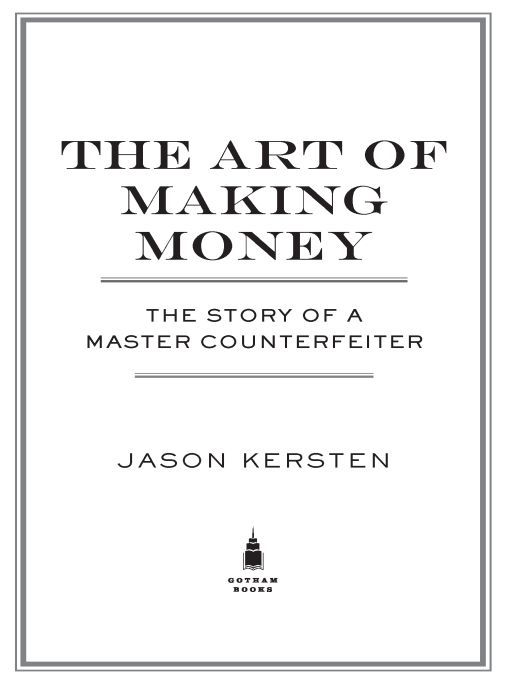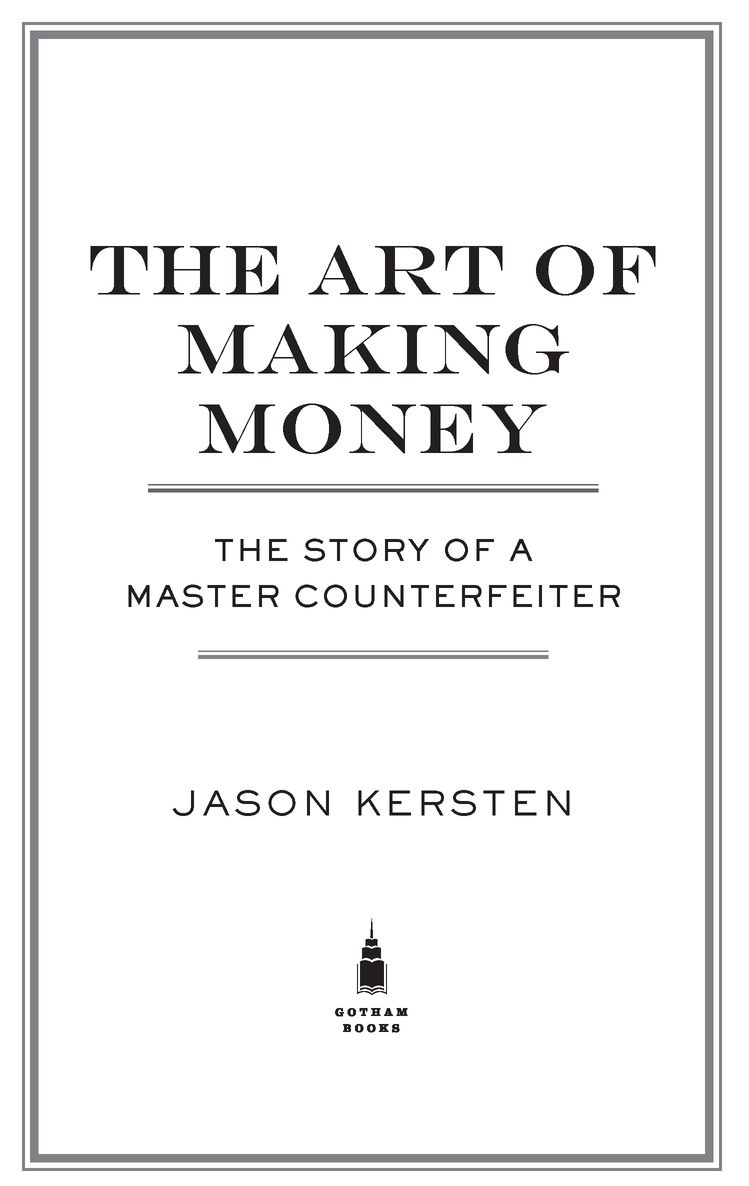Table of Contents
FOR KRIS AND WILLIE
AUTHORS NOTE
To tell this story, I relied on interviews with primary sources whenever possible, reconstructing events and dialogue according to their memories. In instances where their recollections conflicted, I generally favored my protagonists version of events unless other source material was convincing enough to override him. I also drew on numerous legal documents such as court transcripts, law enforcement reports and warrants, prison records, and wiretap transcripts. Historical and contextual material was obtained from books, newspaper articles, and interviews.
Some of the people quoted in this book consented to interviews on the provision that their names be changed. In other cases, I changed the names of minor characters myself or used established nicknames because contacting them was either impossible or impractical.
Other than a single interview provided to me at an early date, the United States Secret Service chose to remain secret, declining numerous requests for interviews. Quotes and scenes involving Secret Service agents appearing in this book are therefore reconstructed from official reports and interviews with criminal suspects.
Modern man, living in a mutually dependent, collective society, cannot become a counterfeiter. A counterfeiter should be possessed of the qualities found only in a Nietzschean hero.
LYNN GLASER, FROM
Counterfeiting in America: The History of
an American Way to Wealth
PROLOGUE
It took Art Williams four beers to summon the will to reveal his formula. We had been sitting in his living room, a few blocks from Chicagos Midway Airport, listening to jets boom by for the better part of two hours. I was there interviewing him for an article for Rolling Stone magazine, and he had promised to tell me the secrets that made him one of the most successful counterfeiters of the last quarter century. Understandably, he was reluctant.
Ive never shown this to anybody before, he finally said with a contempt indicating that I could not possibly appreciate or deserve what I was about to see. You realize how many people have offered me money for this?
Some menhe wouldnt say whoonce promised him three hundred thousand dollars for his moneymaking recipe. They pledged to set him up in a villa anywhere in the world with a personal guard. It was easy to picture Art sitting on a patio above the Caspian Sea surrounded by bucket-necked Russian gangsters. With his high, planed cheeks, blue eyes, and pumped-up physique, hed fit right in with an Eastern European operation. It was also easy to think that he was full of shit, because Art Williams was a born hustler, as swaggering as any ever found on the streets of Chicago. Later Id learn that the offer had been real, and that hed declined because he wasnt sure if his guards would treat him as prince or prisoner.
My friends are going to hate me for telling you, he sighed. Theyll probably hate you for knowing. Then he shuffled off toward the kitchen. Hushed tones of an argument between him and his girlfriend, Natalie, echoed down the hall. It was clear enough that she didnt want him to show me. When I heard a terse Fine, whatever, I was pretty sure that Natalie would hate me too. Then came the rumblings of doors and cabinets opening and the crackling of paper.
A moment later, Williams returned with some scissors, three plastic spray bottles, and a sheet of what looked like the kind of cheap, gray-white construction paper a kindergarten teacher might hand out at craft time.
Feel how thin it is, he whispered, handing me a sheet. Rubbing the paper between my thumb and forefinger, I was amazed at how authentic it already felt. Thats nothing, he said. Just wait.
He cut two dollar-sized rectangles from the sheet, apologizing that they were not precise cuts (they were almost exactly the right size). Then he sprayed both cuts with adhesive, his wrist sweeping fluidly as he pressed the applicator. You have to do it in one motion or you wont get the right distribution, he explained. After he deftly pressed the sheets together and used the spine of a book to push out air bubbles, we waited for it to dry. I always waited at least half an hour, he said. If you push it, the sheets could come apart later on. Trust me, you dont want that to happen.
Another beer later, he sprayed both sides of the glued sheets with two shots of hardening solution, then a satin finish. Now this, he said before applying the final coat, is the shit.
Five minutes later I held a twenty-dollar bill in one hand and Art Williamss paper in the other, eyes closed. I couldnt tell them apart. When I opened my eyes, I realized that Williamss paper not only felt right, but it also bore the distinctive dull sheen.
Now snap it, he commanded. I jerked both ends of the rectangle and the sound was unmistakable; it was the lovely, husky crack made by the flying whip that drives the world economythe sound of the Almighty Dollar.
Now imagine this with the watermark, the security thread, the reflective inkeverything, he said. Thats what was great about my money. It passed every test.
ART WILLIAMS WAS THIRTY-TWO YEARS OLD and already a dying breed. In an era when the vast majority of counterfeiters are teenagers who use ink-jet printers to run off twenty-dollar bills that cant even fool a McDonalds cashier, he was a craftsman schooled in a centuries-old practice by a master who traced his criminal lineage back to the Old World. He was also an innovator who combined time-tested techniques with digital technology to re-create what was then the most secure U.S. banknote ever made.
He put a lot of work into his bills, Lorelei Pagano, a counterfeit specialist at the Secret Services main lab in Washington, D.C., would later tell me. Hes no button pusher. Id rate his bills as an eight or a nine. A perfect 10 is a bill called the Supernote that many believe is made by the North Korean government on a ten-million-dollar intaglio press similar to the ones used by the Bureau of Engraving and Printing.
Art would eventually reveal to me his entire process of making money, and Id be awed by the obsession, dedication, and exactitude it had taken him to achieve it. But as extraordinary as his formula was, it defined his story about as much as a mathematical equation can capture the mystery and terror of the universe. Far more interesting were the forces that created and compromised him, and those could not be easily explored in a magazine article. Art had too many secrets to share, many of which he had hidden even from himself. Hed spent half his life pursuing verisimilitude in an idealistic attempt to recapture something very real that he believed had been lost, or stolen, or unfairly denied. What enthralled and terrified me the most was that his pursuit had very little to do with money, and the roots of his downfall lay in something impossible to replicate or put a value on. As he would say himself, I never got caught because of money. I got caught because of love.
BOOK ONE
SENIOR
Yo ole father doan know yit what hes a-gwyne to do. Sometimes he spec hell go way, en den agin he spec hell stay. De bes ways is to res easy and let de ole man take his own way. Deys two angels hoverin roun bout him. One uv em is white en shiny, en tother one one is black. De white one gits him to go right a little while, den de black one sail in en bust it all up. A body cant tell yit which one gwyne to fetch him at de las. But you is all right. You gwyne to have considable trouble in yo life, en considable joy.


